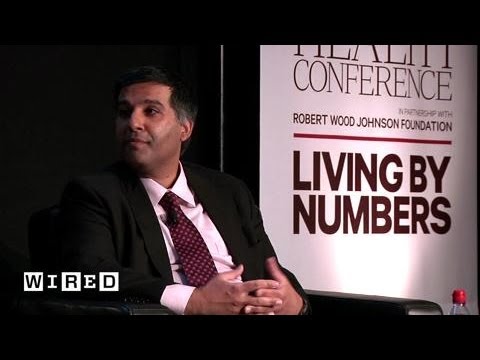The Good Dinosaur: Behind the Scenes of the CGI Landscapes
Summary
Pixar’s The Good Dinosaur follows the journey of a dinosaur and his companion, a loyal bo, in a stunning environment that was built on accurate data from the US Geological Survey, with the help of a landscape artist and advanced technology. The landscape itself is a character in the film and is more beautiful than any other studio has managed to render. Though the world is ultra-realistic, the characters themselves are rather stylized, yet capable of conveying the emotional weight of the storytelling. The film sets a new benchmark for natural beauty in CGI while delivering an honest and genuine story.
Table of Contents
- What is the premise of The Good Dinosaur?
- How did Pixar create the stunning environment in the film?
- What is unique about the CGI world?
- What technology did Pixar use to create the volumetric clouds and natural vegetation?
- How was the river in the film created?
- Conclusion
What is the premise of The Good Dinosaur?
The Good Dinosaur begins with a “what if” premise of what would happen if the meteor that killed off the dinosaurs had missed the Earth. The story follows the journey of a lost dinosaur and his companion, a loyal bo, in a world that is both ultra-realistic and stunningly beautiful.
How did Pixar create the stunning environment in the film?
Pixar built the environment of The Good Dinosaur using accurate data from the US Geological Survey. They then used this information to create over 280 square kilometers of natural landscape, with the exception of Arlo’s home, Clawtooth Mountain. The stunning environment was coupled with outstanding natural vegetation and cloud simulation, designed with the help of a landscape artist.
What is unique about the CGI world?
The complex CGI world of The Good Dinosaur feels ultra-realistic, yet the stylized characters of Arlo and Spo convey the emotional weight of the storytelling. The environment is a character in its own right, and while the world is ultra-realistic, the characters are rather stylized.
What technology did Pixar use to create the volumetric clouds and natural vegetation?
Pixar sourced topographical data from Wyoming to create the natural landscape used in the film. With the help of a landscape artist, the studio created outstanding natural vegetation and cloud simulation. They used 180 different fully volumetric cloudy skies based on government cloud satellite data and accurate light scattering clouds made in RenderMan. Nearly a third of the shots in the film involve the river or water, which were created using Houdini’s Flip water solve. The river was broken down into smaller, reusable pieces, and foam and whitewater spray were separately simulated at a one centimeter scale using advanced technology.
How was the river in the film created?
The river was created using Houdini’s Flip water solve, which is computationally expensive. To make it more feasible, the river was assembled much like a Lego set, broken down into smaller, reusable pieces of the same stretch of river. The foam and whitewater spray were actually separately simulated at a one centimeter scale across the entire distance, sometimes a quarter of a mile in some shots.
Conclusion
The Good Dinosaur is a remarkable achievement in CGI world-building and animation. The stunning environment built on accurate data from the US Geological Survey, combined with outstanding natural vegetation and cloud simulation, transports viewers into a world that sets a new benchmark for natural beauty in CGI. Pixar has once again set the bar high for animated films with The Good Dinosaur.







